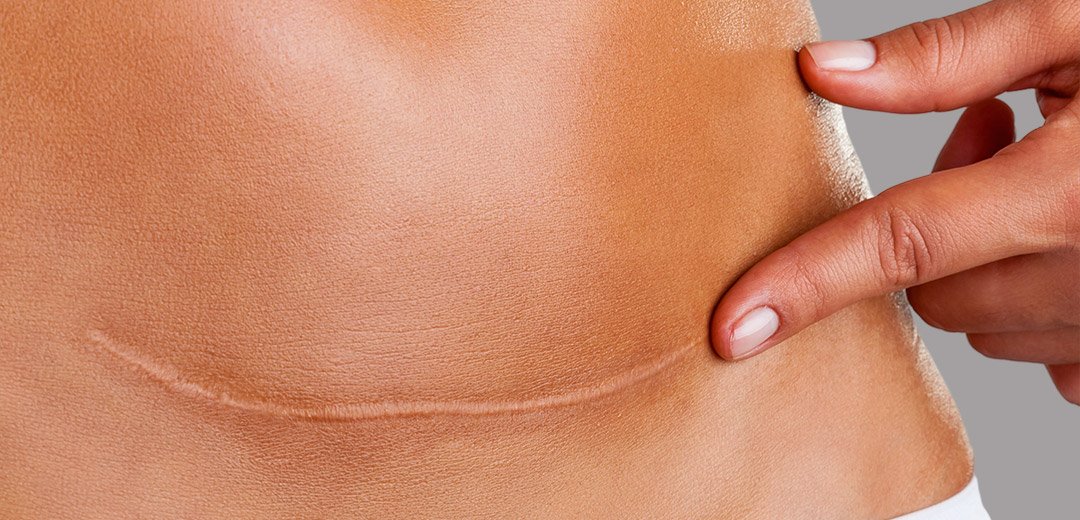BLOG

Previous Experience Impacts Our Future Actions
Previous Experience impacts our future actions.
This is true in so many contexts, we learn from both our wins and losses, our beliefs, societal connections and exposures thus directing our thought processes to creating future decisions.
Whether that’s a good experience and we want to do it again there’s a science behind it all.
We like the feeling of feeling good so we will try and recreate it.
We don’t like the impact of feeling bad so we will try to avoid it. (Simple Right ?)
The feeling of a dopamine rush, is what makes us like to feel good, this neurotransmitter is also involved in reinforcement. That’s why, once we try one of those cookies, we might come back for another one (or two, or three). The darker side of dopamine is the intense feeling of reward people feel when they take drugs, such as heroin or cocaine, which can lead to addiction.
Dopamine also plays a role in these functions:
learning and attention
mood
movement
heart rate
kidney function
blood vessel function
sleep
pain processing
lactation
So since it impacts good functions we will look for it to relocate it.
On the other side of the coin, our brain does not like negative experiences, it will try to protect itself from further damage.
This is what plays key in the pain world.
An old c section scar - horizontal cut across 5 layers of muscle, a baby that you’ve grown, nurtured, created - taken from you after being stabbed (sounds heavy intense when put that way), but that’s a hugeeee trauma, but new mothers are just expected to get on move and bodies be normal after, even told they can do anything after just a couple of weeks without a solid rehabilitation plan.
A simple look of this - a large horizontal cut that feels like it will tear apart if it stretches - a painful experience and the body wants to protect it.

Now do a back bend and that area has to stretch - the feeling it doesn’t want;
Therefore the next time you try to do it you’ll find a new strategy that doesn’t stretch that area dump the movement into the lower back, now we have a less efficient pattern however it isn’t the painful abdomens stretch that relates to the previous trauma
If you bent over and your back hurt, then bent over again - same thing happens, maybe the third time you’ll Bend your knees grab something and keep the back straight to not get the pain.
The brain remembers the painful experience and finds a new strategy, a less efficient way but again a new strategy.
These experiences are stored and create protective mechanisms, and over time dictate how we perceive movements for the future.
Following three simple rules
Do no harm
Don’t look stupid
Achieve the task
We find ways to move , interact , grow based on these principles, and the way we learn is by our previous experiences to them.
Whether positive or negative, we learn from previous experience.
So that knee that hurts might just be the effect of an old ankle injury that you protect and keep stiff, the poor knee taking the brunt of the load.
Teaching the ankle to move safely, without pain in positive ways can lead to a system that works in cohesion.
The key is in the details, finding the why is always the way in which we can create positive inputs to allow successful future outcomes.
Of course nothing comes without some failures, but that’s the way in which we learn.
Trust the process, our brains are smarter than we are.
BeTheDifference
@ 2025 - Finding Function | All Rights Reserved. Privacy Policy - Cookie Policy |
Accessibility Statement


